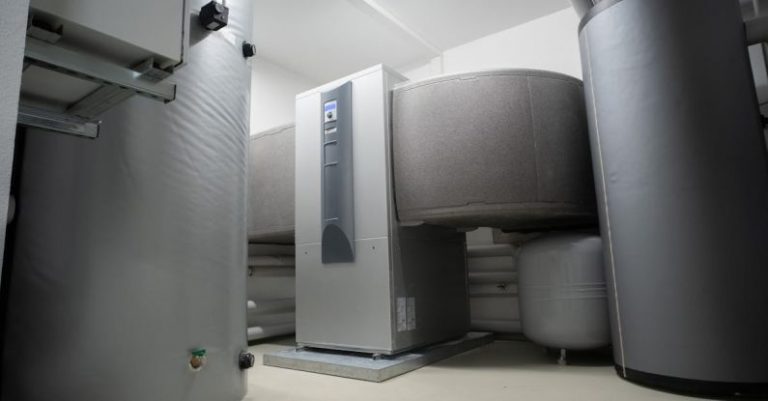How to Maintain Consistent Humidity in a Woodworking Studio?

Maintaining Consistent Humidity in a Woodworking Studio
Woodworking is a craft that requires precision and attention to detail. One crucial factor that can greatly impact the quality of your woodworking projects is humidity. Wood is a hygroscopic material, meaning it absorbs and releases moisture from the surrounding environment. Fluctuations in humidity levels can cause wood to expand or contract, leading to warping, cracking, or other imperfections in your work. To ensure the best results in your woodworking studio, it is essential to maintain consistent humidity levels. Here are some tips to help you achieve this:
Invest in a Dehumidifier
One of the most effective ways to control humidity levels in your woodworking studio is by investing in a dehumidifier. A dehumidifier helps to remove excess moisture from the air, keeping the humidity at an optimal level for working with wood. Look for a dehumidifier that is suitable for the size of your studio and has a humidistat that allows you to set and monitor the desired humidity level.
Seal Windows and Doors
Air leaks around windows and doors can allow moisture to enter your woodworking studio, leading to fluctuations in humidity levels. To prevent this, make sure to seal any gaps or cracks around windows and doors with weatherstripping or caulking. This will help to create a more airtight environment and maintain consistent humidity levels in your studio.
Use a Hygrometer
A hygrometer is a tool that measures the relative humidity in the air. By using a hygrometer in your woodworking studio, you can monitor humidity levels and make adjustments as needed. Keep the hygrometer in a central location in your studio to get an accurate reading of the overall humidity level.
Control Temperature
Temperature also plays a role in humidity levels, as warm air can hold more moisture than cold air. To help maintain consistent humidity levels in your woodworking studio, try to keep the temperature stable. Insulate your studio to prevent heat loss in the winter and heat gain in the summer. Using a heater or air conditioner can also help regulate the temperature and humidity levels.
Store Wood Properly
How you store your wood can also impact humidity levels in your woodworking studio. Wood should be stored in a dry, well-ventilated area to prevent it from absorbing excess moisture. Consider investing in a wood storage rack or cabinet that allows for proper air circulation around the wood. Avoid storing wood directly on the floor, as this can expose it to moisture from the ground.
Maintain a Clean Workspace
A clean and organized workspace not only improves efficiency but also helps maintain consistent humidity levels in your woodworking studio. Clutter can restrict airflow and create pockets of high humidity, which can be detrimental to your wood projects. Regularly clean and declutter your workspace to promote good air circulation and prevent moisture buildup.
Conclusion:
Consistency is Key
Maintaining consistent humidity levels in your woodworking studio is essential for producing high-quality projects. By investing in a dehumidifier, sealing windows and doors, using a hygrometer, controlling temperature, storing wood properly, and keeping a clean workspace, you can create an environment that is conducive to woodworking. Consistency is key when it comes to humidity control, so make it a priority in your woodworking studio for the best results in your craft.





